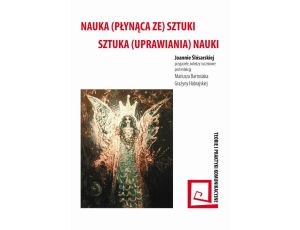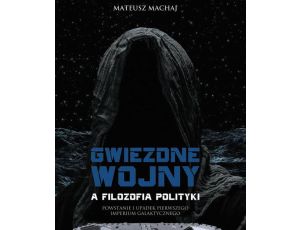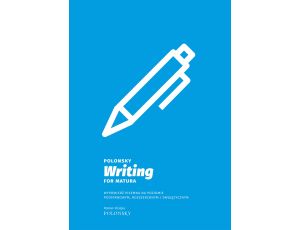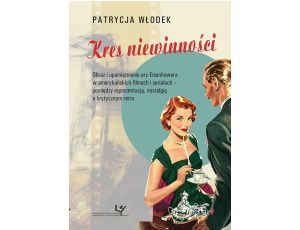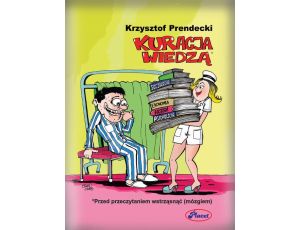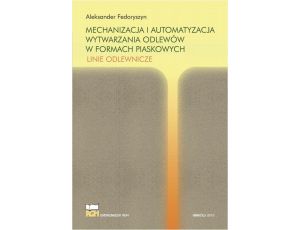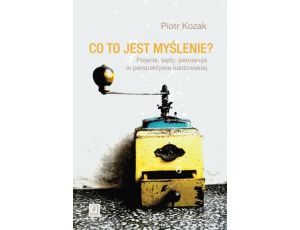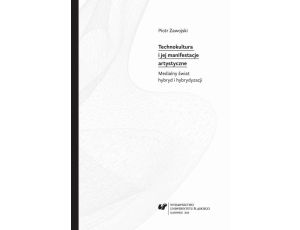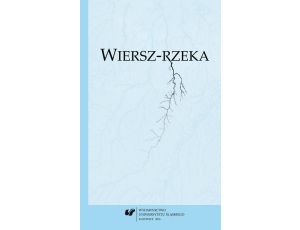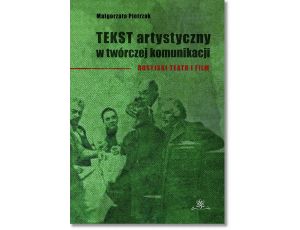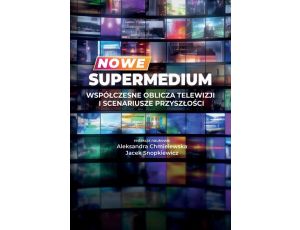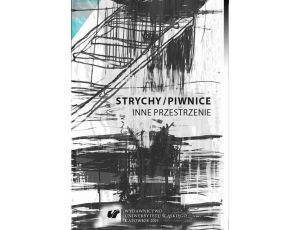Opis produktu
Opinie
The book Art in Jewish society contains a wide spectrum of interpretations of Jewish art in the social and cultural context. The authors of these studies presented the profiles of artists and people of art as well as artistic trends against the social and cultural background prevalent in the Jewish communities of Central and Eastern Europe from the period of emancipation until the mid-twentieth century. These studies of diversified methods, methodologies and research perspectives included texts devoted to the relationships of the output of Jewish artists with Zionist ideology, Christian threads in Jewish art, the reactions of Jewish artists to political events, such as the pogroms, World War I, or the persecution they experienced after Hitler’s rise to power. The last part of the volume is devoted to Jewish museums and collections. The topics presented by the authors are extremely diverse yet at the same time complement each other to form a cohesive whole. The volume contains studies of various aspects of the work of individual artists (Yankiel Katz and his relationship with the art school in Kazan, Theresa Berenstein, Bruno Schulz and Samuel Hirszenberg, Marek Szwarc), as well as more comprehensive studies on Jewish architecture (the synagogue in Volhynia; the designs of Henryk Stifelman), photography (a comparative study of the works of Menachem Kipnis and Alter Kacyzne, as well as an article about the South African Litvak photographers) and film (the work of Maya Deren on a 1949 Jewish War Film in Moscow), as well as arts and crafts (Jewish papercuts) and monuments (Jewish monuments before 1939). Studies on art education are also included (Jewish students at the Warsaw Academy of Fine Arts). Three articles examine the topic of the relationship between Jewish artists and European avant-garde circles (David Bomberg, Marc Chagall, Ludwig Meidner). Compatible with the thematic framework designated by the editors of the volume, there are articles on Christian-Jewish relations (Pieta in Jewish art), or the involvement of Jewish artists in important historical events and politics (the presentation of pogroms in art; Jewish artists against the policies of National Socialism), including their involvement in Zionist ideology (Ephraim Moses Lilien, iconographic motifs in the interior of Eastern European synagogues).
There are also some interesting articles discussing the activities of Jewish art critics and historians (Tea Arciszewska, Otto Schneider) and patrons (the Margolin family who supported the artist Israel Lejzerowicza), who played an important role as intermediaries between the artists and society. A similar social role in the promotion of culture was played by Jewish museums and private collections, directly represented in this volume by three articles (the Jewish Museum in Prešov, the history of art collections in the Jewish museum of Vilnius [Wilno, Vilna], the Judaica collections of the National Museum in Kraków).
Table of contents: Jerzy Malinowski, Introduction; I. ARTISTIC IDEAS IN JEWISH SOCIETY: Renata Piątkowska, A shared space. Jewish students at the Warsaw Academy of Fine Arts (1923–1939); Aviv Livnat, Far Undzere Kinstler (For Our Artists) . Tea Arciszewska and the Jewish artists; Joanna Matyjasek, Functions of traditional Jewish paper-cutting in the past and their modern-day changes; Izabella Powalska, Samuel Hirszenberg and the Zionism; Artur Kamczycki, From Mentsh to Macho . Zionism, Gender and the gender; Eugeny Kotlyar, "If I forget Thee, Jerusalem." Eastern European synagogue decorations in the Zionist paradigm; Tamara Sztyma, Unrealised projects. Plans for Jewish monuments before 1939; II. SOCIETIES IN ARTISTS’ EYE: William Gilcher, The artist and the patron: Izrael Lejzerowicz and the Margolin/Spektor family in pre-war Lodz; Dominika Buchowska, Jewish themes in David Bomberg’s early works; Małgorzata Stępnik, The artist, the explorer, the initiate. Spiritual journeys of Maya Deren; Gail Levin, Theresa Berenstein (1890–2002): A Krakow-born Jewish Artist in America; Teresa Śmiechowska, Master and apprentice . The photographic work of Alter Kacyzne and Menachem Kipnis – influences, similarities, differences, and a life cut short; Irina Obuchowa-Zielińska, Henryk Stifelman, the Warsaw architect in the context of his time; III. SOCIAL ENCOUNTERS AND SEARCH FOR THE SELF: Małgorzata Stolarska-Fronia, Ludwig Meidner – a hyperbaroque expressionist; Monika Czekanowska-Gutman, Dialogue with Christian art: The Pietà in early 20th-century Jewish art; Irena Kossowska, In search for cultural identity: Bruno Schulz, Debora Vogel and Giorgio de Chirico; Ziva Amishai-Maisels, Chagall's Jewish identity; Sergey R. Kravtsov, Synagogue architecture of Volhynia: a search for identities; Haim Finkelstein, E. M. Lilien: Between Drohobych and Brunswick; Ina Khisamova, The role of Kazan Art School in a formation of a creative destiny of the sculptor Yankel Katz; Eleonora Jedlińska, The art of life and the art: Eugenia (Gina) Pinkus-Szwarc and Marek Szwarc; IV. WHEN JEWISH ART MEETS HISTORY; Vita Susak, “Laocoon: or the Limits” of pogroms representation in visual arts (first third of the 20th century); Batya Brutin, Lea Grundig: Duality between political and Jewish identity – 1933–1939; Karina Simonson, Historical memory in the work of South African Litvak photographers; Maya Balakirsky-Katz, Cartooning citizen collaboration: A 1949 Jewish war film in Moscow; V. DOCUMENTING AND REVISITING JEWISH TRADITION: Magdalena Kunińska, In search of the Jewish identity: Zofia Ameisenowa and research into Jewish iconography and its place in Polish art history discourse; Vilma Gradinskaite History of art collection in Vilnius Jewish Museums: from the Time of the Russian Empire to the Present; Jana Švantnerová, Prešov Jewish Museum. Communities and individual donors to its collection; Anna Lebet-Minakowska, Minister dream or ‘cold’ calculation? History of the Judaica Department of the National Museum in Krakow in the years 1935–1939; Ariane Handrock, Representing and constructing Jewish art: Alfred Grotte as an architect and author; Barry Dov Walfish, Otto Schneid and his Archive: A new digital resource for the study of modern Jewish art; REVIEWS: Dominika Buchowska, Jewish Art in London. Review of the exhibition: Out of Chaos, Ben Uri, 100 Years in London (2 July–3 December 2015), Somerset House, London; Regina Weinreich, Degenerate Art: Exile to Extinction.
Cechy
| Rodzaj: | e-book |
| Format pliku: |
|
| Autor: | Jerzy Malinowski, Małgorzata Stolarska-Fronia, Renata Piątkowska, Tamara Sztyma |
| Język publikacji: | angielski |
| Rok wydania: | 2016 |
| Liczba stron: | 329 |
